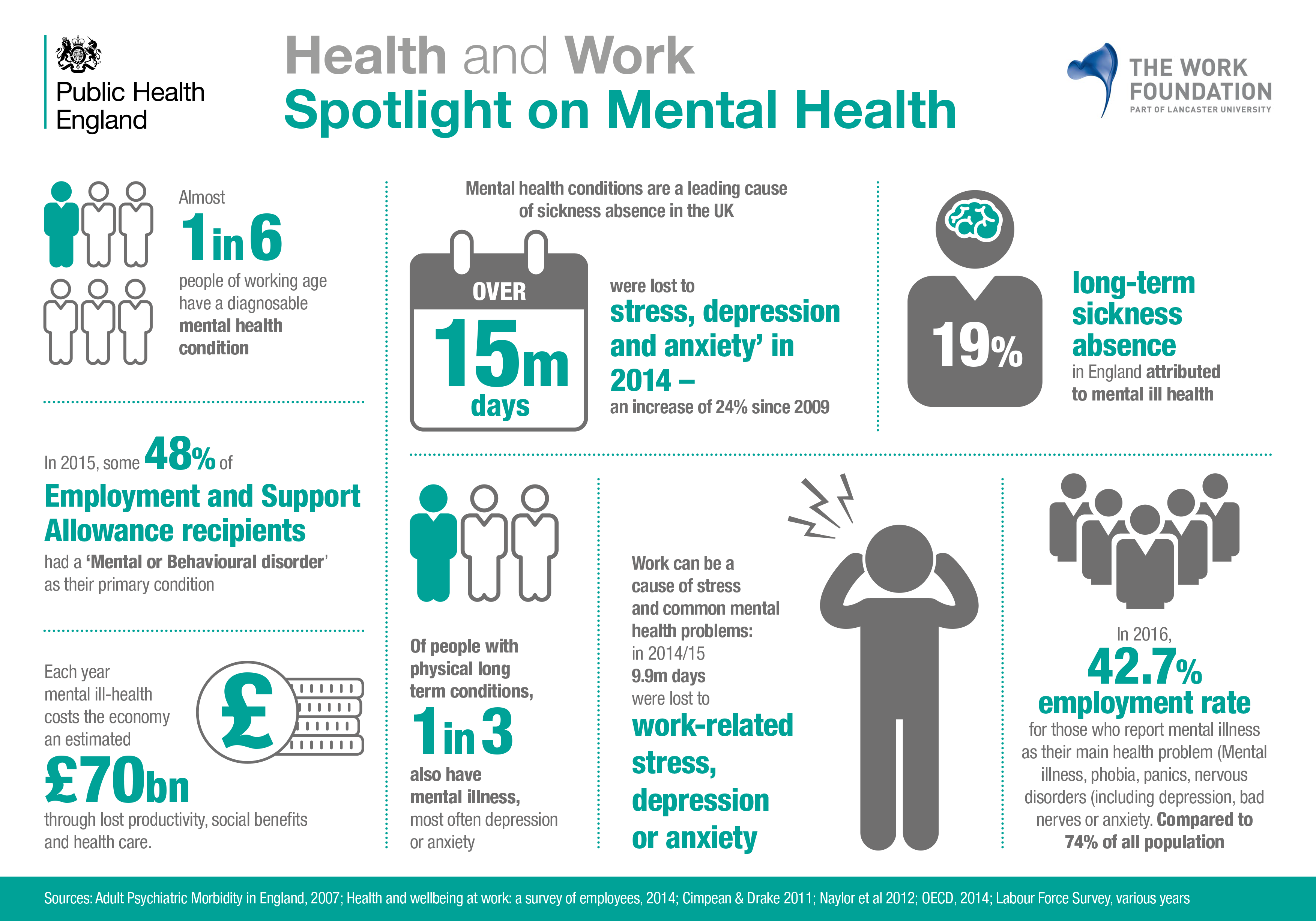Analysis: The Justice Department's Decision To End School Desegregation

Table of Contents
The Historical Context of School Desegregation
Understanding the Justice Department's decision requires acknowledging the long and complex history of school segregation in the United States. For decades, segregation was the norm, with Black students systematically denied access to the same quality education as their white peers. This systemic injustice was legally enshrined through Plessy v. Ferguson (1896), which established the "separate but equal" doctrine. This doctrine, however, was consistently applied unequally, resulting in vastly inferior schools and resources for Black communities.
The landmark Supreme Court case, Brown v. Board of Education (1954), declared state laws establishing separate public schools for Black and white students to be unconstitutional. This monumental decision marked a turning point in the struggle for civil rights, though its implementation proved far from straightforward.
- Brown v. Board of Education (1954): This ruling declared state-sponsored segregation in public schools inherently unequal and violated the Fourteenth Amendment's Equal Protection Clause. The decision, however, didn't immediately lead to widespread desegregation.
- The Civil Rights Act of 1964: This legislation further strengthened the legal basis for desegregation, prohibiting discrimination based on race, color, religion, sex, or national origin in public accommodations, including schools. It provided tools for enforcement, but resistance remained significant.
- Significant resistance to desegregation: Across the South, and in many other parts of the country, the implementation of Brown v. Board faced massive resistance, including violence, legal challenges, and the creation of segregation academies.
- The evolution of desegregation strategies: Strategies like busing, court-ordered desegregation plans, and affirmative action were employed to address segregation, but their effectiveness and fairness remained contentious issues.
The Justice Department's Shifting Stance on School Desegregation
For decades, the Justice Department played a crucial role in enforcing school desegregation orders, intervening in numerous cases and advocating for desegregation plans. This active involvement helped dismantle legally mandated segregation and, to some extent, address de facto segregation—segregation that occurs in practice, even without explicit legal mandates. However, the recent policy shift represents a significant departure from this long-standing commitment.
The rationale behind the change, as presented by the DOJ, often focuses on the argument that past efforts have had unintended consequences, potentially overstepping constitutional boundaries, or have not been successful in achieving equitable educational outcomes.
- Specific examples of past DOJ interventions: The DOJ historically filed numerous lawsuits and issued directives to school districts found to be engaging in discriminatory practices.
- Key statements and documents outlining the recent policy shift: Official statements from the DOJ detailing the reasons behind the policy change should be carefully analyzed to understand the department's reasoning.
- Potential legal challenges to the new approach: The new approach is likely to face legal challenges from civil rights groups and individuals who argue that it undermines the progress made toward educational equity.
- Analysis of the political climate surrounding the decision: The decision reflects the evolving political landscape and the changing priorities of the current administration, impacting the nation's commitment to school integration.
Impact on Affected Communities
The potential consequences of the Justice Department's decision on minority students and communities are profound. The shift could lead to a resurgence of de facto segregation, exacerbating existing inequalities in access to quality education and resources. This could disproportionately impact already marginalized communities, hindering social mobility and economic opportunity.
- Potential increases in school segregation in specific regions: Certain geographic areas are likely to experience a more significant increase in school segregation than others, depending on pre-existing demographic patterns and housing segregation.
- Impact on access to quality education and resources: Reduced access to well-funded schools and experienced teachers can negatively affect student achievement and long-term success.
- Long-term consequences for social mobility and economic opportunity: Segregation can perpetuate cycles of poverty and limit opportunities for upward mobility, widening the achievement gap and creating significant societal disparities.
- Examples of communities disproportionately affected: Analysis of specific communities and school districts will be crucial to fully understanding the local impact of this decision on minority students and school integration.
Arguments For and Against the Justice Department's Decision
The debate surrounding the Justice Department's decision is complex, with valid arguments on both sides. Proponents argue that past desegregation efforts, while well-intentioned, have had unintended negative consequences and that greater local control over schools is needed. Opponents, however, argue that the decision weakens the commitment to racial justice and could lead to further segregation and inequitable outcomes.
- Arguments related to individual liberties and local control of schools: Supporters emphasize the importance of parental choice and local autonomy in educational decisions.
- Arguments emphasizing the need for continued federal oversight: Critics argue that federal oversight is necessary to ensure equitable access to education and prevent the re-emergence of systemic segregation.
- Counterarguments regarding the effectiveness of past desegregation strategies: Some argue that past strategies haven't achieved their goals and that different approaches are needed.
- Discussion of alternative approaches to achieving educational equity: Exploring alternative methods to address educational disparities, such as targeted funding, resource allocation reforms, and community-based initiatives, is crucial for informed discussion.
Conclusion
The Justice Department's decision to alter its approach to school desegregation is a complex issue with significant implications for educational equity and the future of school integration in the United States. The historical context, the shifting legal landscape, and the potential consequences for affected communities all demand careful consideration. Understanding the nuances of this decision is crucial for fostering informed discussions and advocating for policies that promote equal educational opportunities for all students. Further analysis and ongoing dialogue on the subject of school desegregation are essential to ensuring a just and equitable future for all children. Let's continue to engage in thoughtful debate about the lasting impacts of this decision on school desegregation and work towards effective solutions for achieving genuine educational equity.

Featured Posts
-
 Newsround On Bbc Two Hd Your Complete Tv Guide
May 03, 2025
Newsround On Bbc Two Hd Your Complete Tv Guide
May 03, 2025 -
 Nigel Farages Savile Slogan Reform Party Sparks Online Fury
May 03, 2025
Nigel Farages Savile Slogan Reform Party Sparks Online Fury
May 03, 2025 -
 Finding A Rental In Milwaukees Competitive Market
May 03, 2025
Finding A Rental In Milwaukees Competitive Market
May 03, 2025 -
 Ignou Tiss Nimhans And Other Government Mental Health Training Programs A Comprehensive List
May 03, 2025
Ignou Tiss Nimhans And Other Government Mental Health Training Programs A Comprehensive List
May 03, 2025 -
 Is This Christina Aguilera Fans React To Heavily Edited Photoshoot Images
May 03, 2025
Is This Christina Aguilera Fans React To Heavily Edited Photoshoot Images
May 03, 2025
